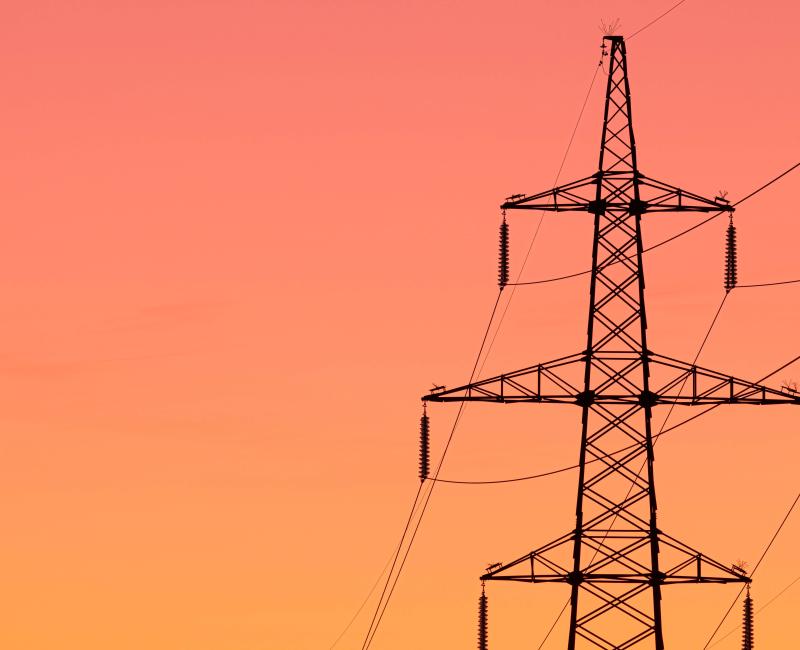ACER alerts European Parliament and Commission of pressing need for power grid operators to maximise the electricity transmission capacity they make available for cross-border trading

ACER alerts European Parliament and Commission of pressing need for power grid operators to maximise the electricity transmission capacity they make available for cross-border trading
What is it about?
Today, ACER releases its Opinion, addressed to the European Parliament and European Commission, highlighting the urgency for Transmission System Operators (TSOs) to meet their obligation of making 70% of transmission capacity available for cross-border electricity trading by the end of 2025. The urgency relates to the approaching legal deadline and the delays with many of the necessary steps to reach the 70% transmission capacity rule that is needed to achieve the ambitious political objectives set for renewable generation. The ACER opinion makes clear that without significant uptake in progress on the “70% rule”, such ambitions will be hard to achieve.
Electricity transmission capacity connects Europe’s markets and benefits consumers
Transmission capacity is essential for cross-border trade of electricity, as it connects supply and demand. TSOs delivering maximal transmission capacity to trade electricity is therefore an essential condition to achieving the ambitious political objectives set for renewable generation.
What is the minimum 70% capacity requirement and where are we on the path?
When more capacity being made available for trading electricity with neighbouring countries did not happen fast enough, EU legislators introduced (in 2019) rules that require grid operators to ensure that at least 70% of their physical transmission capacity is available for cross-border electricity trading by the end of 2025 at the latest. ACER has reported yearly that significant steps remain to be taken for TSOs to fulfil this obligation. As the end of 2025 legal deadline approaches, ACER enlists the support of the European Parliament and the European Commission so that the final necessary steps are taken.
The last ACER report (July 2023) found that most Member States in highly meshed areas of the power grid made available on average 30-50% of the capacity for certain network elements. In parallel, the costs of managing grid congestions in the EU exceeded €4 billion in 2022.
Why is maximising transmission capacity important?
Maximising grid capacity refers not just to the ‘physical’ grid (high voltage lines) but also to the transmission capacity that TSOs make available on those lines for trading (‘commercial transmission capacity’) with neighbours.
Maximising interconnection capacity by reaching the minimum 70% requirement:
- is a pre-requisite for the energy transition;
- enhances security of electricity supply by optimising the use of the existing grid;
- mitigates prices and price volatility;
- provides the market with much-needed flexibility; and
- ensures a level playing field between domestic and cross-border trades.
There is much at stake in not reaching the minimum 70% requirement and Member States are still far off it. What does ACER call for to reach the 70% minimum requirement?
This ACER Opinion calls for the swift implementation by Member States and TSOs of the 3 tools foreseen by EU rules to get us to the 70% minimum requirement:
- TSOs to do optimised and coordinated reduction of grid congestion. Such ‘remedial actions’ include coordinated re-dispatching and countertrading by TSOs (which relieves congestion and frees up more transmission capacity to the market). Currently, grid congestion is assessed mostly at national level. Fully coordinated processes and an adequate cost-sharing is yet to be done by TSOs.
- TSOs to undertake targeted grid developments within specific bidding zones and targeted at reducing congestion in that zone.
- TSOs to complete the technical assessment of the ongoing review of the EU’s bidding zones (and Member States/European Commission to then decide) to ensure alignment of the bidding zone configurations with structural grid congestion. The results of the EU electricity bidding zone review are expected, after several delays, by the end of 2024. In this review process, Member States, and if necessary, the European Commission, will have a key role to play in confirming or re-defining (as appropriate) the bidding zone configuration.
What are the next steps?
In June, ACER intends to publish its new Market Monitoring Report (MMR) on the capacity made available (in the year 2023) for cross-border trade with neighbours. This report will be followed by a public webinar.
